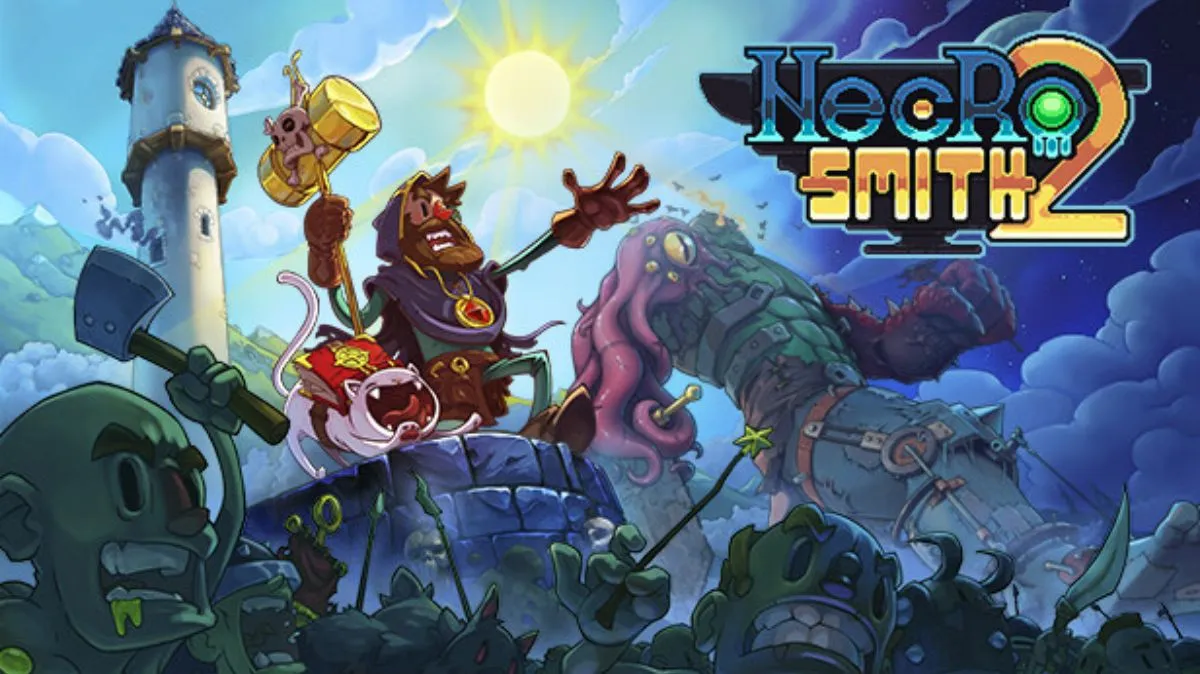A few weeks ago, we were invited down to Treyarch’s Santa Monica office to play an alpha build of Call of Duty: Black Ops 2. It’s the earliest Activision has let Treyarch show a game in development, so, while all the features are in place, there’s still lots of refinement and polish and balance that needs to be added. After learning a bit about the newest features for this game, we jumped in for some hands on time, and even tried out the new “Shoutcasting” features, which allows people to watch and comment on games in progress.
The classes are much more customizable now. In fact, apart from the standard names, the whole idea of classes in this game is insanely open-ended. Rather than picking one main weapon, two attachments, one sidearm, three perks, etc. players will be given 10 points to distribute however they like among all the various items. Don’t want a sidearm? Great, you can spend that point elsewhere, maybe to unlock an additional perk slot or grab an extra grenade. Don’t like any of the tactical equipment? Fantastic, you can use the points on attachments to open up a second primary weapon slot. You’re essentially creating an entire class from scratch with this point system, and it feels much more flexible and experimental than in the series’ previous installments. The new visual interface makes selecting and changing these load outs tremendously easy.
Another big change is that the team has stripped out all the perks that modify guns. Now, if you want a gun to have a better reload rate or stability, you’ll have to do that through attachments. The abilities are all still there – you can now use the Laser Sight in place of something like Steady Aim to increase hip fire accuracy – but having them attached to the weapons now makes the game easier to balance. Even the perks are more balanced this time around; Ghost, which keeps you from being spotted by UAVs, now only works while you’re moving, making it a better tool for rushers than for campers. Campers are further screwed thanks to the new millimeter wave scanner, which lets you detect heat through walls.
The scanner’s not the only new toy in the arsenal. There’s a new assault shield that you can drop and use as cover, a gatling shotgun, a personally deployable version of the Guardian microwave dish to aid in crowd dispersal and area control, and even a controllable UGV that you can take control of and drive and fire remotely. Some of the new toys even have interaction states, so you’ll be able to redeploy gunships to other areas of the battlefield, and hear through radio chatter just how many kills your assets are racking up.
A few of these new items are available right from the class creation screen, but others have to be earned through Score Streaks. Players will earn Streak rewards not only through straight up kills and flag carries, but also through various support actions. If, for instance, you have a UAV up in the air, you’ll score 25 points for every kill your team gets. These points are even more important now, because you can double up on low level Streak rewards, giving you access to more options early in the game.
Activision’s Starcraft already has a lock on the strategy side of e-sports and it’s clear that Treyarch wants Black Ops 2 to fill the same role on the action side. With that in mind, the developers have tried to break e-sports out of its relatively small, specialized niche by including much more accessible spectator tools in the new game.
The heart of the e-sports push is a new concept called “Shoutcasting.” It’s a combination of pro sports style presentation and broadcast infrastructure, each of which are built into the game itself, and a colorful commentary, which you’ll have to provide yourself.
The broadcast technology is perhaps the most impressive part of the whole package. In addition to the two usual teams found in each lobby, there’s an option for one player to join a third spectator team. Once the match starts, the player on this third team is free to follow players of either team, or even watch the match from an overhead map that shows the location of all players. To prevent cheating, broadcast matches are delayed by around 15 seconds.
Using a simple gamepad, the spectating player can switch from among various views of the action, checking in with key players and locations. If the map shows two opposing players coming close to meeting, a few quick buttons puts the spectator right down in the action. Once those players are dead, the spectator can check the scores or kill streaks for all players to determine to follow next. If he wants, he can’t even just sit and listen to either team’s chat channel.
The spectator can then use a standard headset mic to provide commentary on the match, calling out good and bad plays as they occur, and discussing any other aspect of the match that interests them. We participated in one of these commentary sessions alongside a professional shoutcaster, and it was easy to see how the commentary and roving viewpoint could make watching someone play Call of Duty nearly as interesting as playing yourself.



